1. Ohio
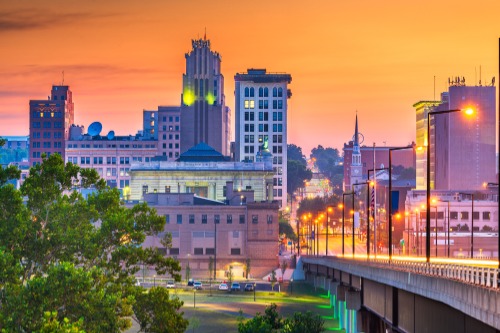
Ohio’s small towns, particularly in the southeastern and northwestern parts of the state, have been hit hard by economic changes and shifting demographics, according to the Institute for Agriculture and Trade Policy. Once-thriving communities built around manufacturing, mining, and agriculture are now struggling with job losses, population decline, and dwindling local economies. Many of these small towns relied on factories, mills, and coal mines that either closed or automated, leaving fewer employment opportunities. With job prospects shrinking, younger generations have left in search of work, often relocating to larger cities like Columbus, Cleveland, or Cincinnati. This outmigration has resulted in an aging population, with fewer young families to sustain local schools, businesses, and services. Some towns have reached a tipping point where even basic public services, like road maintenance and emergency response, are becoming difficult to sustain due to declining tax revenues.
The cultural impact of this decline is also significant. Many small Ohio towns have strong traditions rooted in local fairs, high school sports, and community events that brought residents together for decades. As populations shrink, these gatherings are becoming less common, and long-standing institutions—like local diners, family-owned stores, and mom-and-pop businesses—are closing. Additionally, the opioid crisis has hit rural Ohio particularly hard, exacerbating economic hardships and making recovery even more difficult for struggling communities. Efforts to revive these small towns include attracting remote workers, promoting tourism in scenic areas like the Hocking Hills region, and investing in broadband infrastructure to create more economic opportunities. While some towns have seen success with revitalization projects, many continue to experience a slow but steady decline, making traditional small-town life increasingly difficult to sustain.
2. West Virginia
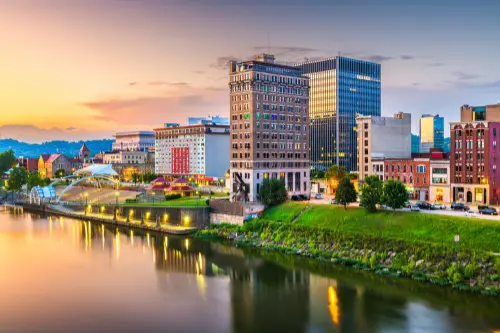
West Virginia has experienced a notable decline in its rural population over the past decade, according to the West Virginia Center on Budget and Policy. The downturn of the coal industry, which once served as the backbone of many small towns, has led to widespread job losses. As employment opportunities dwindled, younger residents began seeking work elsewhere, leaving behind aging communities. This exodus has resulted in school closures, shuttered businesses, and a diminishing sense of community. The state’s mountainous terrain, while picturesque, poses challenges for infrastructure development, further isolating these small towns and accelerating their decline.
Efforts to diversify the economy have been met with limited success. Initiatives aimed at promoting tourism and attracting new industries face hurdles due to the state’s remote locations and lack of modern amenities. The cultural heritage of West Virginia’s small towns, rich in traditions and history, is at risk as populations dwindle and younger generations relocate, leading to a loss of communal knowledge and customs.
3. Mississippi

In Mississippi, particularly in the Delta region, small towns are witnessing significant population declines, according to the Northeast Mississippi Daily Journal. Economic hardships, driven by the mechanization of agriculture and the decline of local industries, have forced residents to move to urban areas in search of better opportunities. This migration has left behind communities struggling with reduced tax bases, leading to cuts in essential services and infrastructure decay.
The cultural fabric of these towns, known for their contributions to blues music and Southern cuisine, is fraying as historic venues close and traditions fade. Efforts to revitalize these areas through heritage tourism and cultural festivals face challenges due to limited resources and the ongoing outflow of residents. The loss of population not only impacts the economy but also erodes the unique identities that once defined these small Mississippi towns.
4. Kansas

Kansas has long been a state defined by its vast rural landscapes, but many of its small towns are disappearing at an alarming rate, KCUR reports. The mechanization of farming and the rise of industrial agriculture have significantly reduced the number of jobs available in rural communities. Family farms, once the heart of small-town Kansas, are being bought out or consolidated into larger corporate operations, leaving fewer opportunities for local employment. Without jobs to keep them there, young people are moving to cities like Wichita, Kansas City, or even out of state. The result is a declining and aging population, with fewer families to support local schools, businesses, and institutions. Some towns have seen their populations drop so low that schools have merged or shut down, and entire downtown districts are now lined with empty storefronts.
The cultural shift has been just as dramatic as the economic one. Kansas small towns were once known for their strong community bonds, where everyone knew their neighbors and town events were a major part of life. Today, many of these traditions are fading as populations shrink. Local newspapers, which were once the glue holding small communities together, are shutting down at a rapid pace, leaving residents with fewer ways to stay connected. In some places, community leaders are trying to attract new residents by offering free land or financial incentives for homebuyers. Others are banking on agritourism and rural charm to bring in visitors. However, for many small Kansas towns, the trend of depopulation seems irreversible, signaling the slow erosion of a once-thriving way of life.
5. Illinois

Rural communities in Illinois have been grappling with population decline, particularly in the southern and central regions, according to Illinois Policy. The consolidation of farms and the decline of manufacturing jobs have led to decreased employment opportunities. Young people often leave for educational and career prospects in larger cities, resulting in an aging population that struggles to maintain local institutions.
Schools and healthcare facilities face closures due to dwindling numbers, and main streets that once bustled with activity now see vacant storefronts. The sense of community pride remains, but with fewer residents to participate in local events and traditions, sustaining the vibrancy of these towns becomes increasingly challenging. Efforts to attract new businesses are often hampered by the lack of a skilled workforce and modern infrastructure.
6. Louisiana
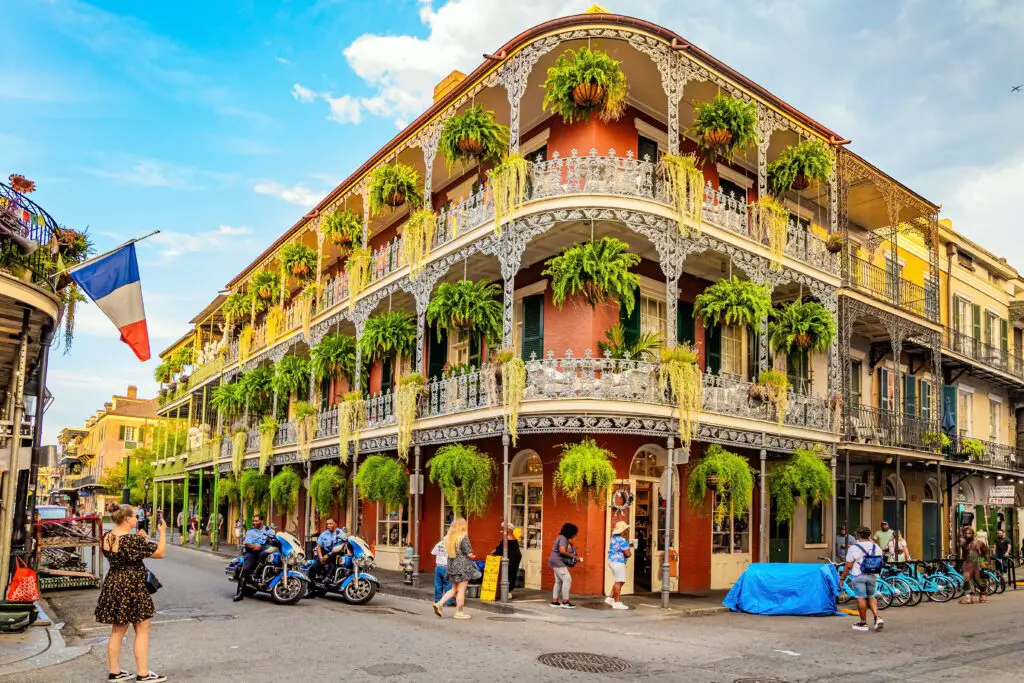
Louisiana’s small towns, especially those along the coast, are confronting both economic and environmental challenges. The decline of the oil and gas industry has led to job losses, while coastal erosion and frequent hurricanes have made some areas uninhabitable. Residents are forced to relocate, leaving behind communities that have existed for generations.
The cultural richness of these towns, known for their unique blend of French, Spanish, and Creole heritage, is at risk. Traditional festivals, local cuisines, and dialects may fade as populations disperse. Efforts to combat coastal erosion and rebuild infrastructure are ongoing, but the scale of the challenges often outpaces available resources, leading to difficult decisions about which areas can be preserved.
7. Iowa
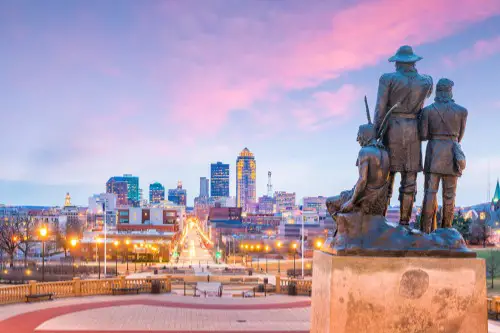
In Iowa, many small farming communities are shrinking as agricultural practices become more industrialized. Family farms are being replaced by large agribusinesses, reducing the need for local labor. This shift has led to population declines, with younger generations moving to urban centers for employment opportunities.
The loss of residents has a cascading effect: schools consolidate or close, local businesses struggle to stay afloat, and community events see dwindling participation. The tight-knit social fabric that once characterized these towns is loosening, and with it, the traditions and communal support systems that defined rural Iowan life. Revitalization efforts focus on promoting local produce and agritourism, but sustaining these initiatives is challenging without a stable population base.
8. Georgia
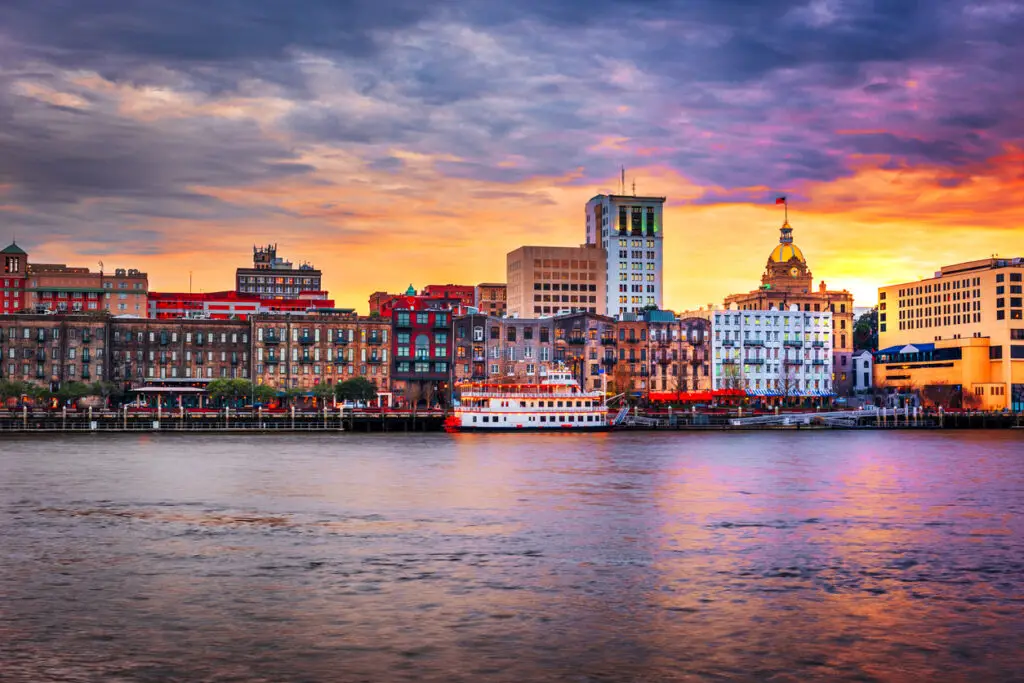
Georgia’s rural towns have faced significant population declines in recent years. More than a third of small towns in the state lost residents in a single year, highlighting the challenges of reviving rural areas. Factors contributing to this trend include limited economic opportunities, with many young people leaving for college and not returning. The aging population left behind struggles to maintain local services and infrastructure.
The cultural heritage of these towns, including traditional Southern crafts, music, and festivals, is at risk as populations dwindle. Efforts to attract new residents and businesses are ongoing, but the allure of larger cities with more amenities and job prospects often outweighs the benefits of small-town life. Community leaders are exploring ways to leverage technology and remote work trends to attract newcomers, but challenges remain in updating infrastructure to support these initiatives.
9. Vermont
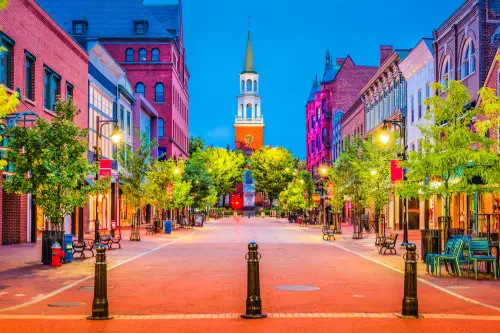
Vermont’s picturesque small towns are facing population declines due to limited economic opportunities. The state’s rural communities have seen young people move away in search of better job prospects, leaving behind an aging population. This demographic shift has led to school closures and challenges in maintaining local services.
The cultural identity of these towns, known for their New England charm and traditions, is at risk as community events see decreased participation. Efforts to attract new residents include promoting remote work opportunities and highlighting the quality of life in Vermont’s small towns. However, challenges such as limited broadband access and affordable housing pose obstacles to these initiatives.
10. North Dakota
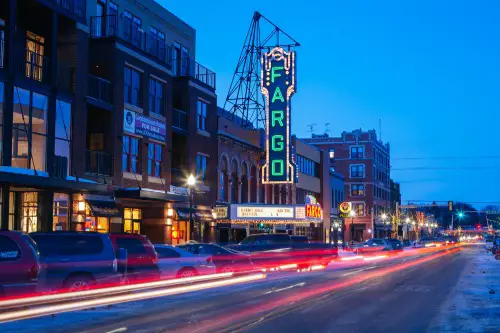
North Dakota’s rural communities are facing a crisis as populations decline and economic opportunities become increasingly concentrated in urban areas. While the oil boom in the Bakken region brought temporary prosperity to some small towns, many have since struggled as the boom subsided. The state’s agricultural backbone, once dominated by family farms, is now shifting toward larger industrial farms that require fewer workers. With limited job prospects outside of farming and energy, young people are leaving in droves for larger cities like Fargo and Bismarck. This has resulted in shrinking tax bases, school closures, and a loss of essential services in many rural areas. Some small towns are now ghost towns, with only a handful of residents remaining.
The social fabric of these communities is unraveling as well. Churches, which once served as community hubs, are closing due to a lack of congregants. Local sports teams, a staple of small-town life, are disappearing as schools consolidate or close altogether. In some areas, county governments are even considering reducing the number of townships, merging tiny communities to try and sustain essential services. Despite these challenges, North Dakota remains one of the most community-oriented states, with many residents fighting to keep their towns alive. Some towns have seen success with attracting remote workers and entrepreneurs looking for a quieter lifestyle, but overall, the trend toward urbanization continues to weaken traditional small-town life in North Dakota.
11. Kentucky
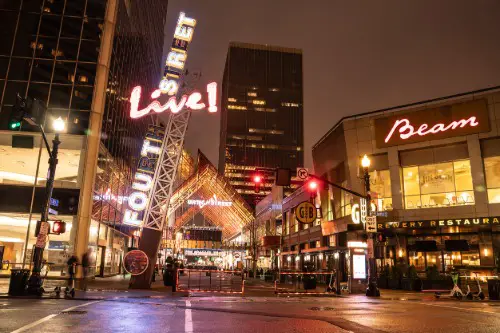
Kentucky, particularly its eastern Appalachian region, has seen a dramatic decline in small-town life due to economic hardship and population loss. Once reliant on coal mining, many of these communities have been devastated by the industry’s decline. As mines closed and job opportunities vanished, residents were forced to leave in search of work elsewhere. This has left many small towns struggling with poverty, abandoned buildings, and a growing sense of isolation. Some towns have seen their populations cut in half over the past few decades, and in many places, local businesses have shut down, leaving residents with few options for shopping, dining, or even basic services.
The cultural impact has been profound. Appalachian Kentucky is known for its deep-rooted traditions, including bluegrass music, storytelling, and crafts that have been passed down for generations. However, as young people leave and older generations pass away, these traditions are at risk of fading. Drug addiction, particularly the opioid epidemic, has also hit these communities hard, further straining social services and making recovery even more difficult. Some revitalization efforts are underway, including eco-tourism and initiatives to support local artisans, but the road to recovery is long. The decline of small-town life in Kentucky reflects a broader pattern seen in other parts of rural America: when industries that once sustained communities disappear, it becomes increasingly difficult to keep small towns alive.
12. South Carolina
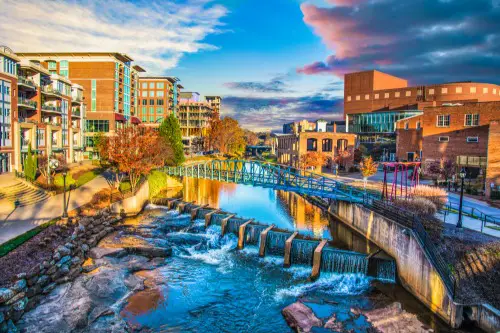
Many of South Carolina’s small towns are struggling to survive as economic shifts and population changes take their toll. Once built around textile mills, farming, and local manufacturing, these towns have been hit hard by factory closures and the decline of small-scale agriculture. Young people, seeking better job opportunities, have moved to larger cities like Charleston, Columbia, and Greenville, leaving many rural communities with shrinking populations and aging residents. As a result, schools, hospitals, and small businesses have shut down, making it even harder to attract new residents.
South Carolina’s small towns are also dealing with another challenge: infrastructure decay. Many communities lack modern amenities like high-speed internet, making it difficult to attract remote workers or new businesses. The decline in small-town life is also affecting the state’s cultural traditions, from local festivals to historic main streets that are now lined with vacant buildings. While some towns have found ways to reinvent themselves through tourism or arts initiatives, many others are facing an uncertain future. Without significant investment or new economic opportunities, the small-town way of life in South Carolina is fading fast, taking with it the close-knit communities and traditions that once defined these places.


